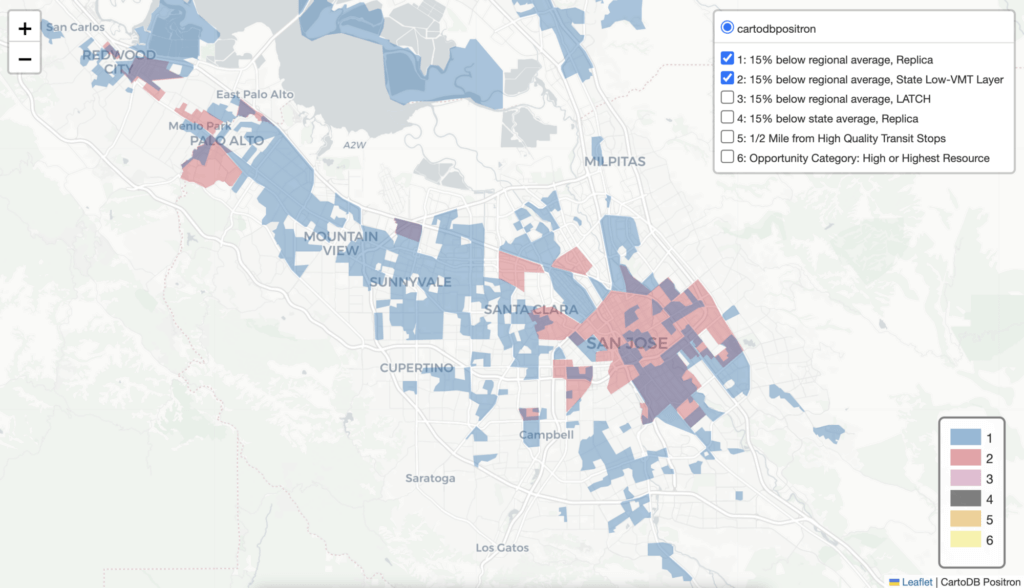Unlocking the Potential of Missing Middle Housing
Published On December 7, 2022
From reforms at the state level in California and Oregon to local changes across the country, there has been significant progress in zoning reforms to enable the construction of more small-scale, missing middle homes often in what were formerly single-family-only neighborhoods. Despite these successes, however, regulatory, financing, and construction barriers still pose challenges to making missing middle housing, with its benefits for affordability and sustainability, a more widespread form of housing development.
Our new brief Unlocking the Potential of Missing Middle Housing examines the obstacles facing developers who specialize in missing middle housing ranging in size from ADUs and duplexes up to twelve-unit multifamily projects. Drawing on insights from roundtable conversations earlier this year, the brief explores the history and benefits of missing middle and makes recommendations for policy change to encourage more homebuilding with this housing type.
Cottage cluster proejct photo courtesy of Brian Foulkes.





